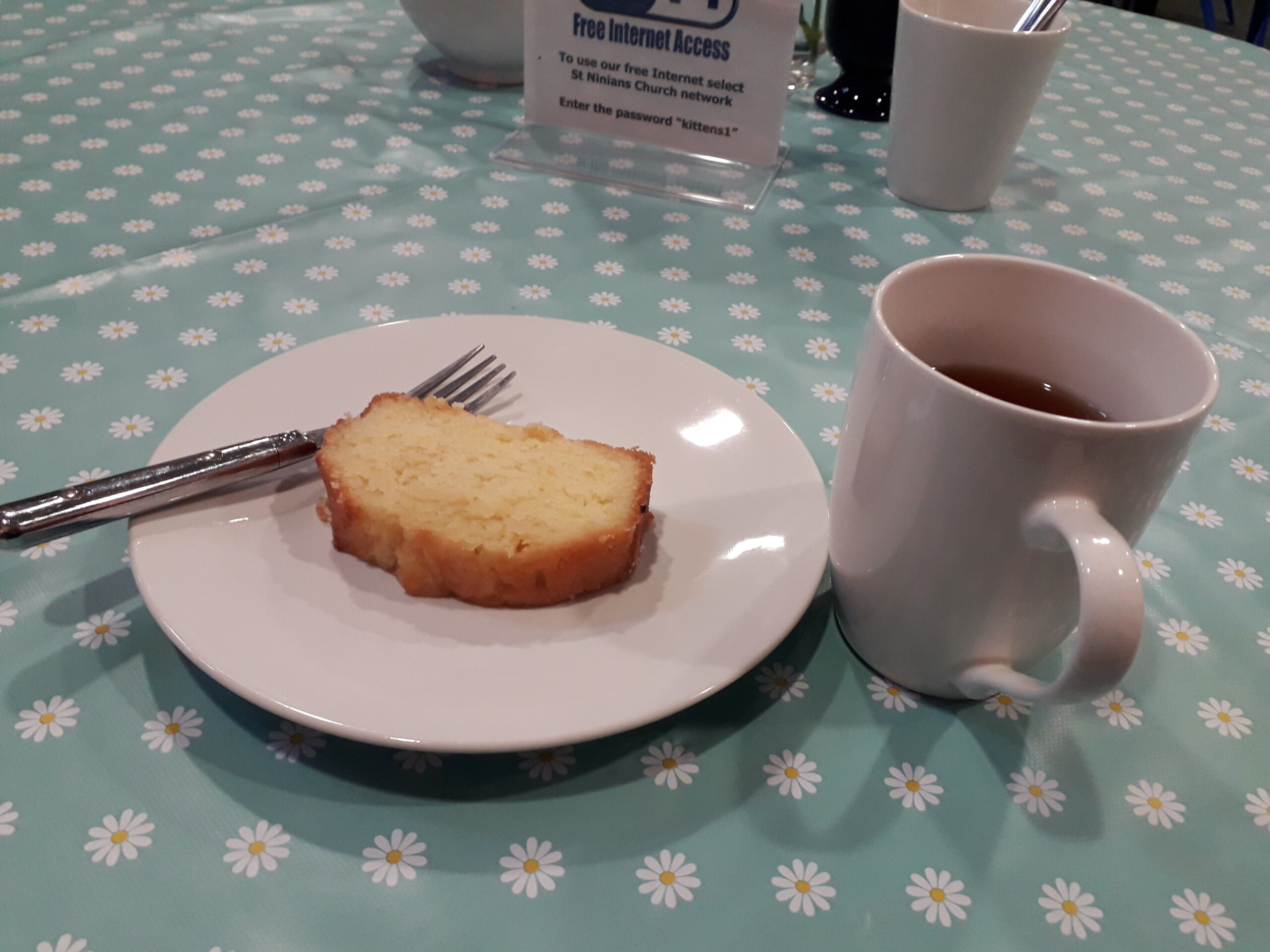After what feels like the longest 3 years, the 37.73 miles of the Isle of Man TT Course is once again alive with the sound of race bikes. Visitors are arriving in their thousands to see the spectacle, and many of the fan’s favourites are back on the course to pit their wits against the tarmac and trees.

Whilst many of the competitors arrived fresh from the North West 200, given the Dunlop tyre issues there it hasn’t been as clear an indicator of form on the Superbikes as we’ve seen in previous years.
Peter Hickman was showing great pace at the NW200 on the Gas Monkey/FHO BMW before the tyre problems and his closest challengers have to be Dean Harrison on the DAO Kawasaki; Davey Todd on the Padgett’s bike; and his teammate (Isle of Man born and bred) Conor Cummins.
Despite the late changes in machinery, and a lucky escape with the tyre issues, Michael Dunlop can never be discounted and with his knowledge and experience, John McGuinness will also be one to watch.
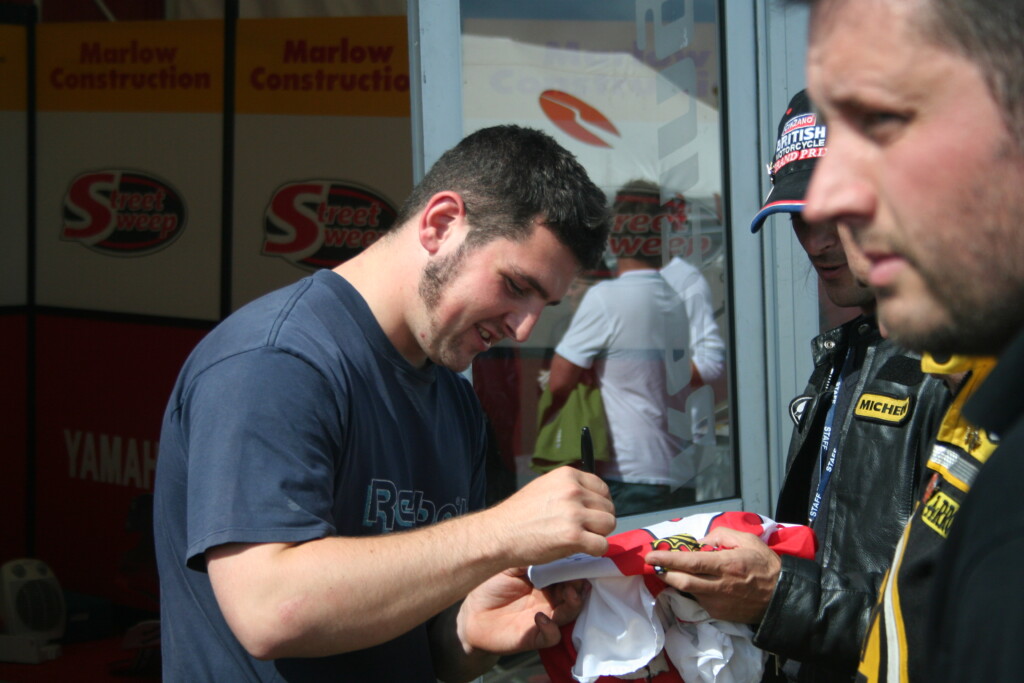
It’s hard to write an article that doesn’t just become a list of competitors – by it’s nature the Isle of Man Mountain Course is never easy to predict – the distance, the speed at which conditions change, the wide open Mountain Section contrasting with the lower tree lined sections make it a really fascinating prospect.
There are some talented new names to look out for too. As they make the step up from the Manx Grand Prix, James Hind and Nathan Harrison have already put in some solid laps during Practice Week. Glenn Irwin makes his debut on the Isle of Man, as does Milo Ward.
On the Superstocks, as the current lap record holder Hickman is an obvious one to watch, so too is Davey Todd. Dunlop on his Carl Cox support machine, and local lad N Harrison will also be pushing.
We’ve not yet mentioned Lee Johnston – he’s got to be worth a look on the Supersport and with 16 podiums, Dean Harrison will hoping for another trip up the famous steps. Once again Todd & Cummins will be competitive, and Michael Dunlop is showing his experience as the current lap record holder.
The Supertwins could be an interesting one to watch – again Dunlop is on the Paton, with the mightily experienced Rutter contrasting against the young man James Hind who is the current Manx Grand Prix Lap record holder – he has the capability to secure a top 8 finish. We also have the North West 200 success of Pierre Yves Bian who is obviously one to watch as he brings that to the Island.
The Sidecar entry is made up of a lot of well known and highly successful names. Dave Molyneux and Darryl Gibson will be debuting the KTM. Speaking of debut, Harry Payne and Mark Wilkes make their first attempts at conquering the course – somewhat different to the circuits they have enjoyed recent success on.
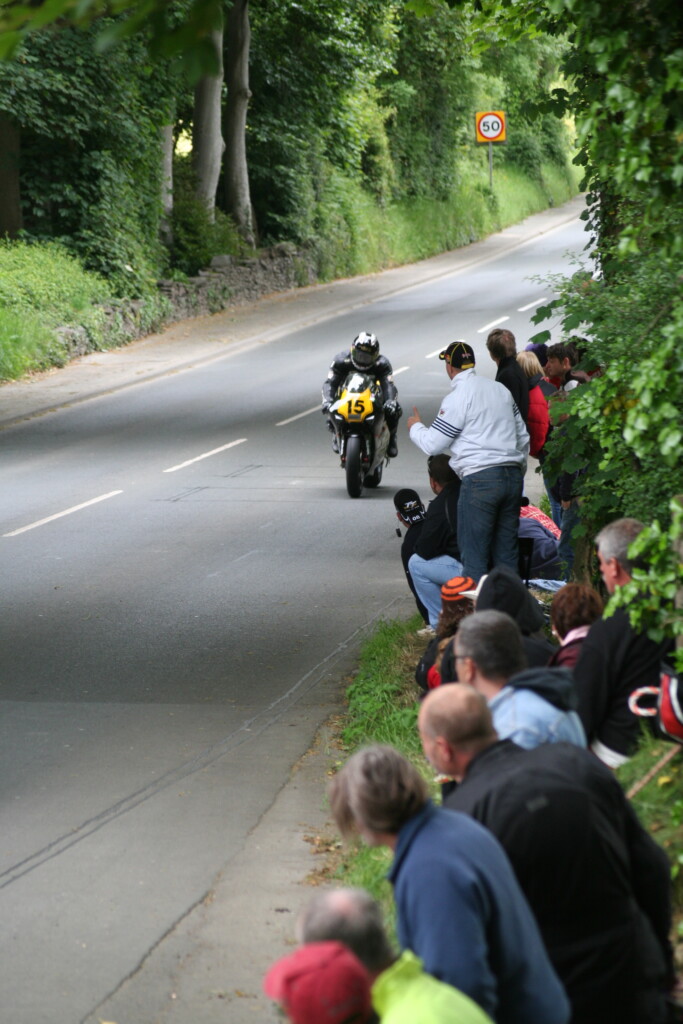
The locals are well represented this year with Callum and Ryan Crowe vying for a podium finish and of course the Mansfield brothers. Ben & Tom Birchall will be continuing their charge and hoping to add to their previous wins. The sidecars also sees Michael Russell making the crossover from solo in an attempt to contest all 8 races during race week…!
It would be wrong to write this without mentioning the sad loss of Mark Purslow following an incident at Ballagarey during the Wednesday evening practice session. Mark was a previous winner at the Manx Grand Prix, and this was to be his second TT. Our thoughts are with all those affected by his passing.
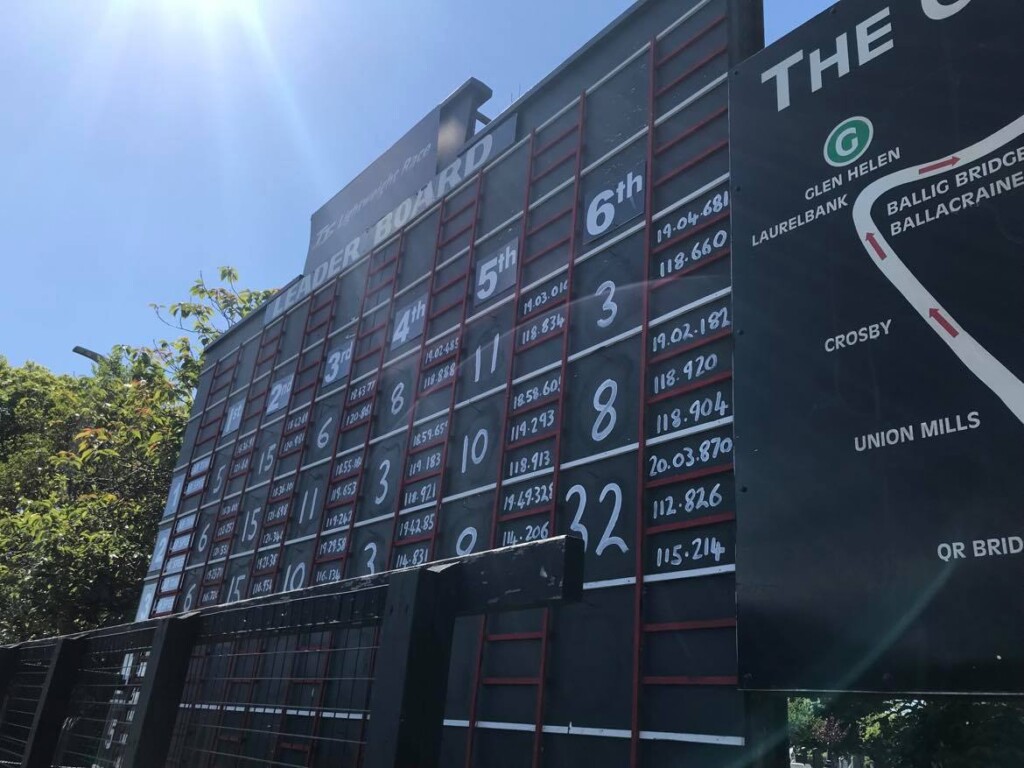
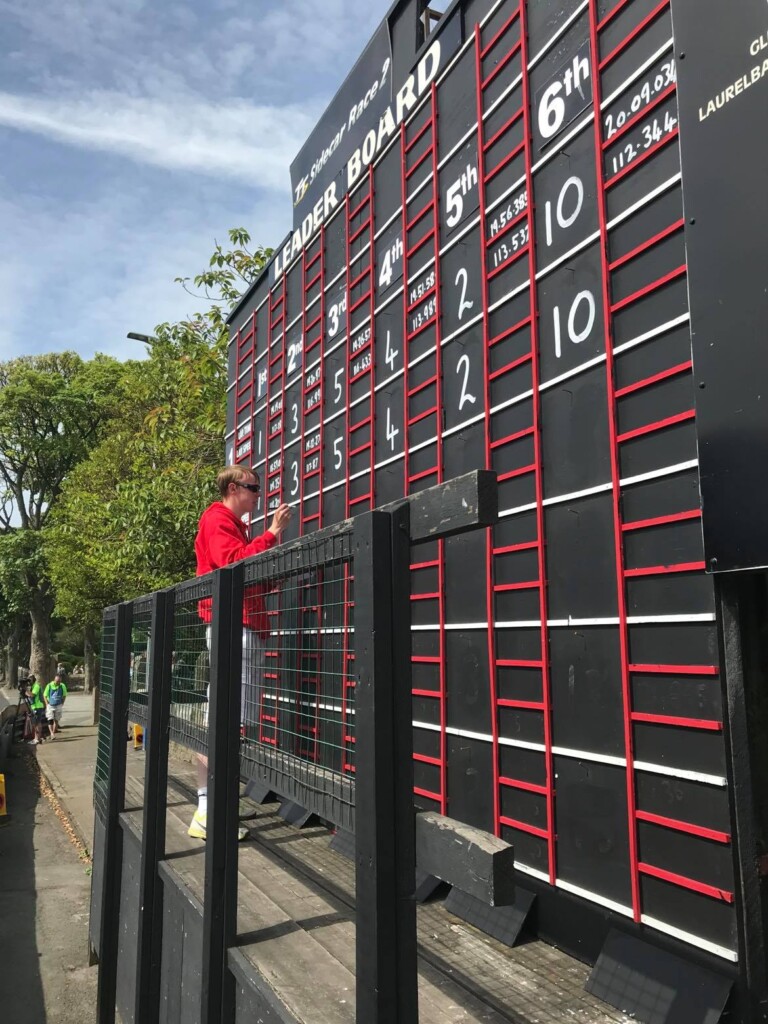 The Scoreboard consisted of two identical scoreboards – the north board and south board. They carried the exact same information but meant it could be viewed from the whole length of pit lane and the grandstand. There are no electronics allowed in pit lane, so being able to see the boards is the only way the teams know their rider is circulating and approaching for pit stops. Each board had a Leader board that would be updated with the bike number, lap time and average lap speed for the top 6 riders. The updates were made by one of the painter team as soon as the times were available. Most people know that the Scouts update the boards by posting the slates to the corresponding rider, but how did it all really work? Where did the numbers come from?
The Scoreboard consisted of two identical scoreboards – the north board and south board. They carried the exact same information but meant it could be viewed from the whole length of pit lane and the grandstand. There are no electronics allowed in pit lane, so being able to see the boards is the only way the teams know their rider is circulating and approaching for pit stops. Each board had a Leader board that would be updated with the bike number, lap time and average lap speed for the top 6 riders. The updates were made by one of the painter team as soon as the times were available. Most people know that the Scouts update the boards by posting the slates to the corresponding rider, but how did it all really work? Where did the numbers come from?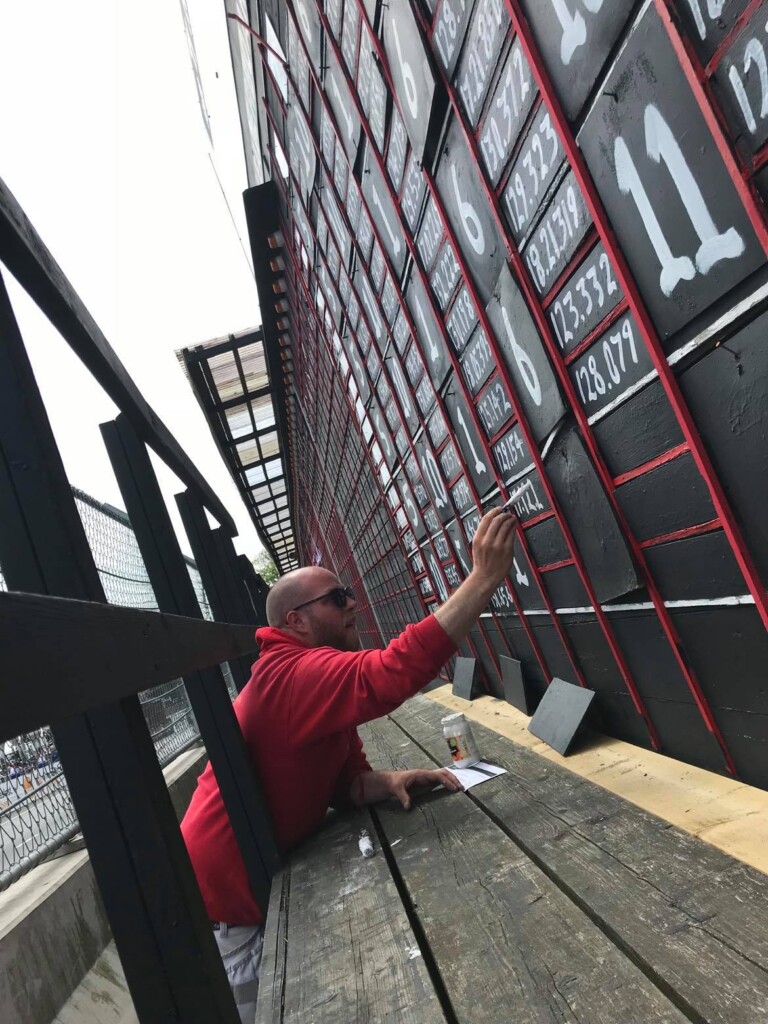 Once a lap was completed, the timings would filter through from the Timekeepers to the Scoreboard Controller, who would print and check them. The A4 page was split into 2 – one for North, one for South, handed to a waiting messenger, who would take it to the painters. The painters would be gathered around trestle tables stacked high with slates (the slates were actually black boards with a hole at the top). They would receive the paper and paint the time on the front of a slate. On the back, the rider number and lap number would help to identify where the slate would go next. The slate and paper would then be handed to another scout (runner) who would go to the relevant section of the board. There were gaps every 10 spaces (1 to 14, 15 to 25 and so on) so the runner would go to the slot for the rider number, knock on the board and post the slate through.
Once a lap was completed, the timings would filter through from the Timekeepers to the Scoreboard Controller, who would print and check them. The A4 page was split into 2 – one for North, one for South, handed to a waiting messenger, who would take it to the painters. The painters would be gathered around trestle tables stacked high with slates (the slates were actually black boards with a hole at the top). They would receive the paper and paint the time on the front of a slate. On the back, the rider number and lap number would help to identify where the slate would go next. The slate and paper would then be handed to another scout (runner) who would go to the relevant section of the board. There were gaps every 10 spaces (1 to 14, 15 to 25 and so on) so the runner would go to the slot for the rider number, knock on the board and post the slate through. Speaking to the team to understand a bit more about what attracted them to the role, they all talk about the sense of camaraderie. Race Official Joy Ellis says this was one of the things she enjoyed the most, alongside actually feeling like she was helping the iconic event run year after year. Another one of the team, Chris Ward speaks fondly of his memories of starting out as a cub scout, progression to being a race Official, and most recently over the last couple of years of racing Chris was Deputy Scoreboard Controller. He recalls ‘I worked the scoreboard as a cub and scout for many years. I started as a Messenger running the handwritten timing cards between the Timekeepers hut and the scoreboard controller (a role that no longer exists) and got to sneak a view of the bikes now and then through gaps in the scoreboard. From there I became a Runner delivering the painted timing boards through the slots in the back of the board.
Speaking to the team to understand a bit more about what attracted them to the role, they all talk about the sense of camaraderie. Race Official Joy Ellis says this was one of the things she enjoyed the most, alongside actually feeling like she was helping the iconic event run year after year. Another one of the team, Chris Ward speaks fondly of his memories of starting out as a cub scout, progression to being a race Official, and most recently over the last couple of years of racing Chris was Deputy Scoreboard Controller. He recalls ‘I worked the scoreboard as a cub and scout for many years. I started as a Messenger running the handwritten timing cards between the Timekeepers hut and the scoreboard controller (a role that no longer exists) and got to sneak a view of the bikes now and then through gaps in the scoreboard. From there I became a Runner delivering the painted timing boards through the slots in the back of the board.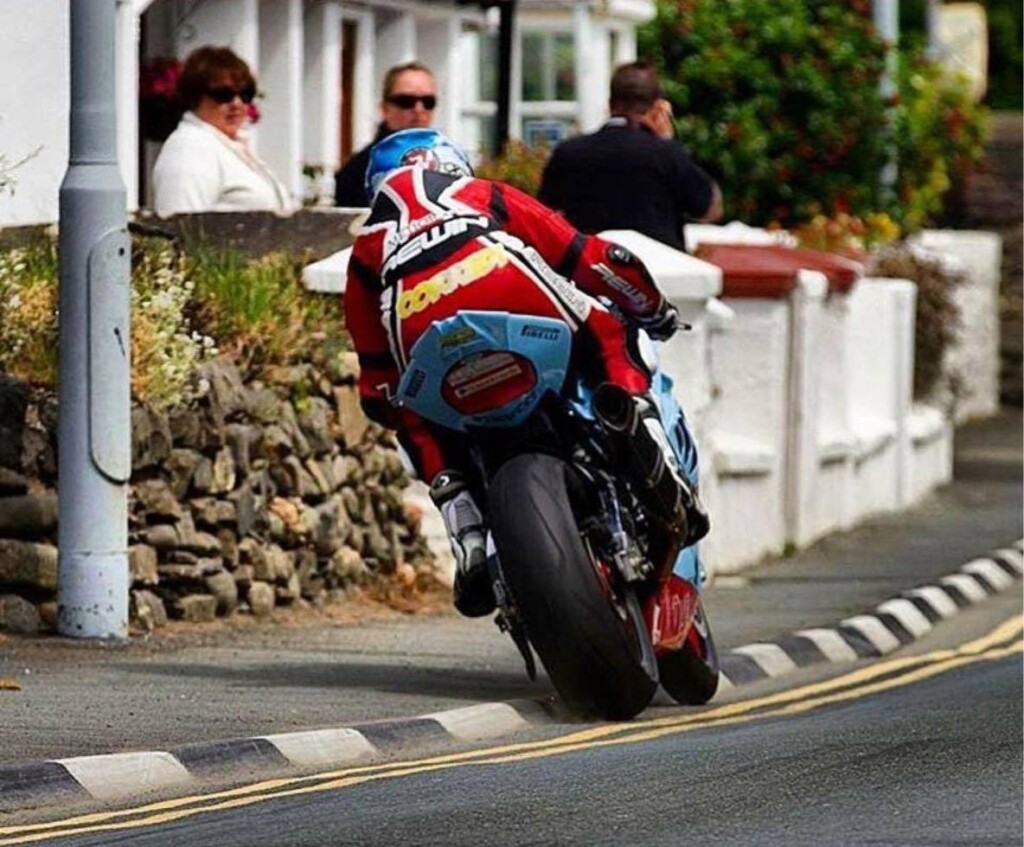
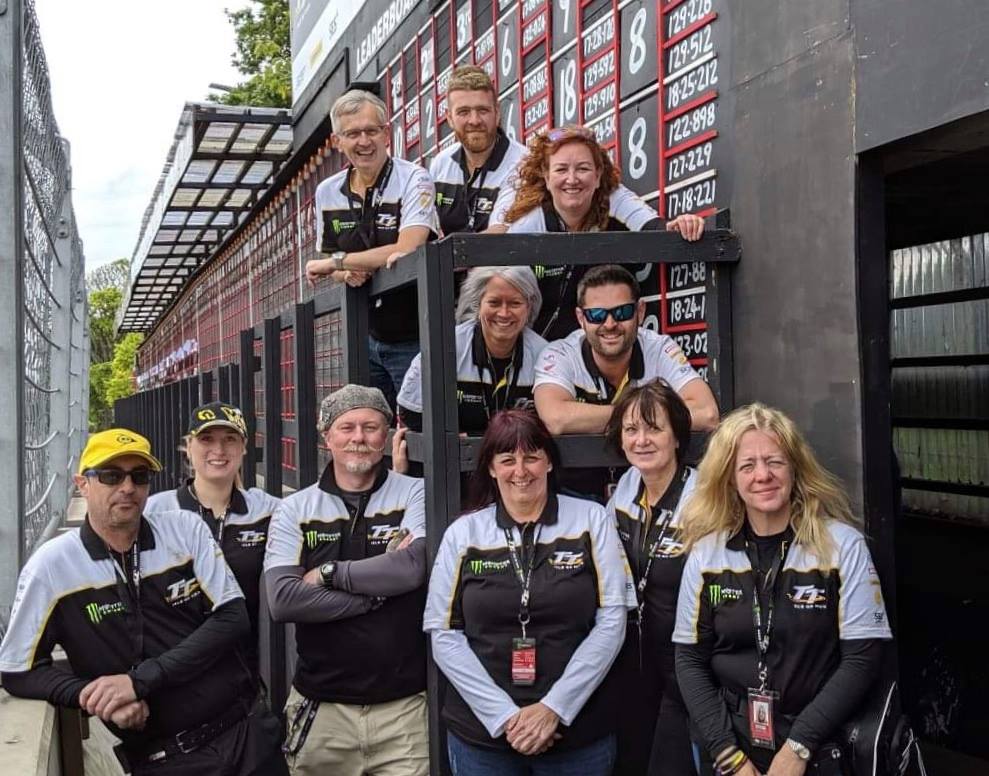 I’m sure I speak for most if not all of the team when I say we all felt the same – as with most people talking about the TT, the Scoreboard tells a story of history, excitement, sadness but most of all great friendships formed over a love of racing.
I’m sure I speak for most if not all of the team when I say we all felt the same – as with most people talking about the TT, the Scoreboard tells a story of history, excitement, sadness but most of all great friendships formed over a love of racing.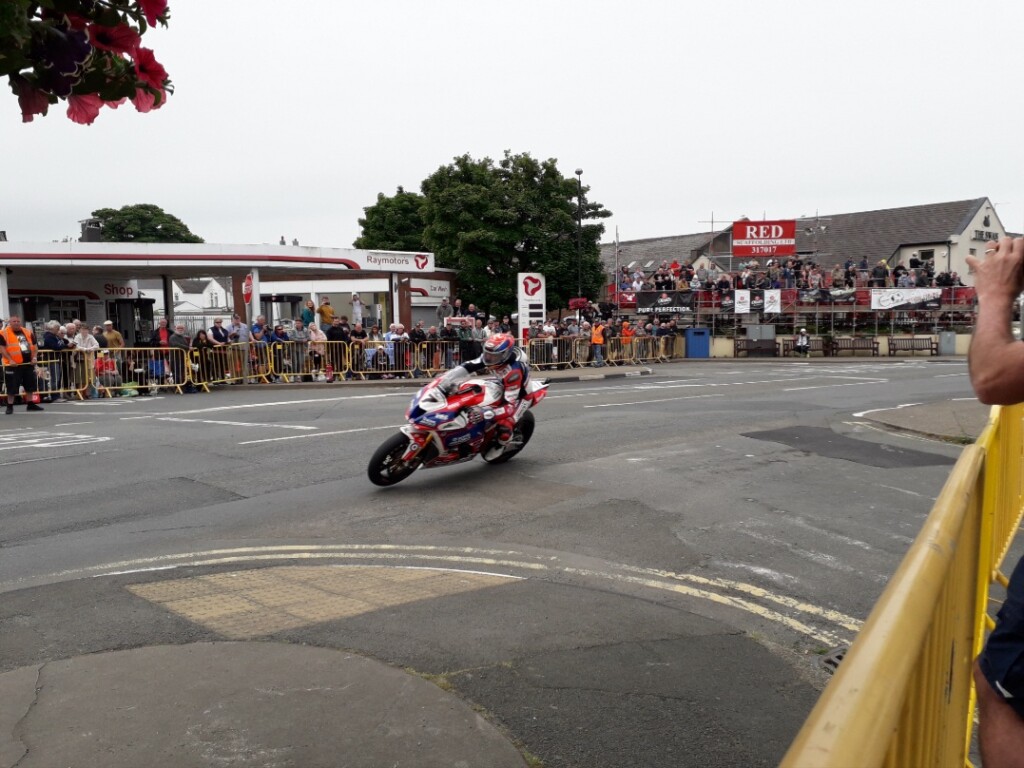
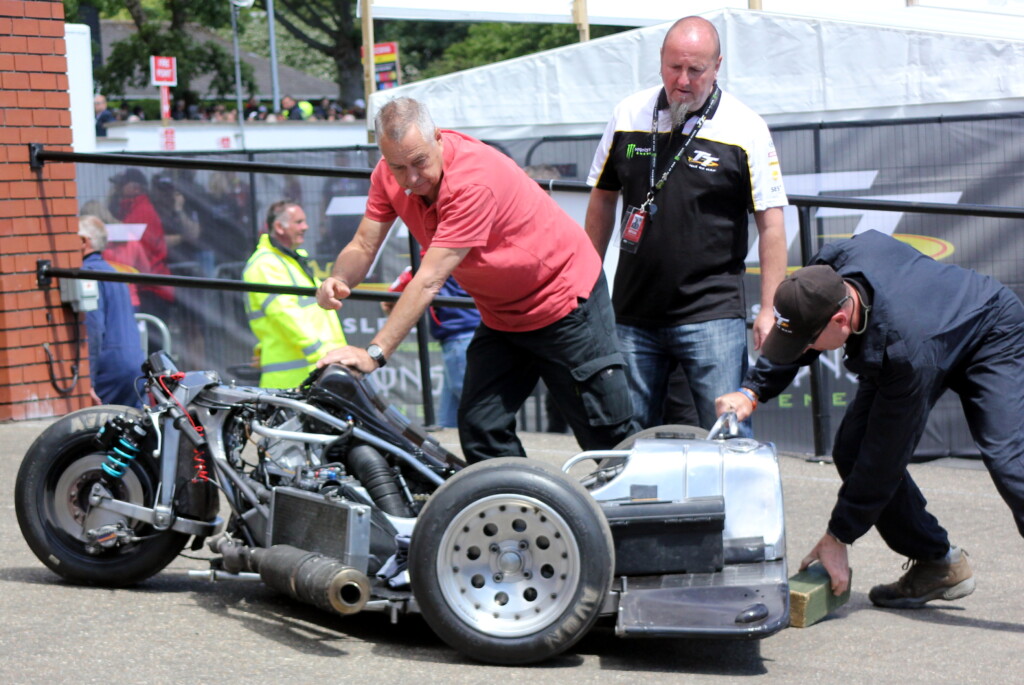
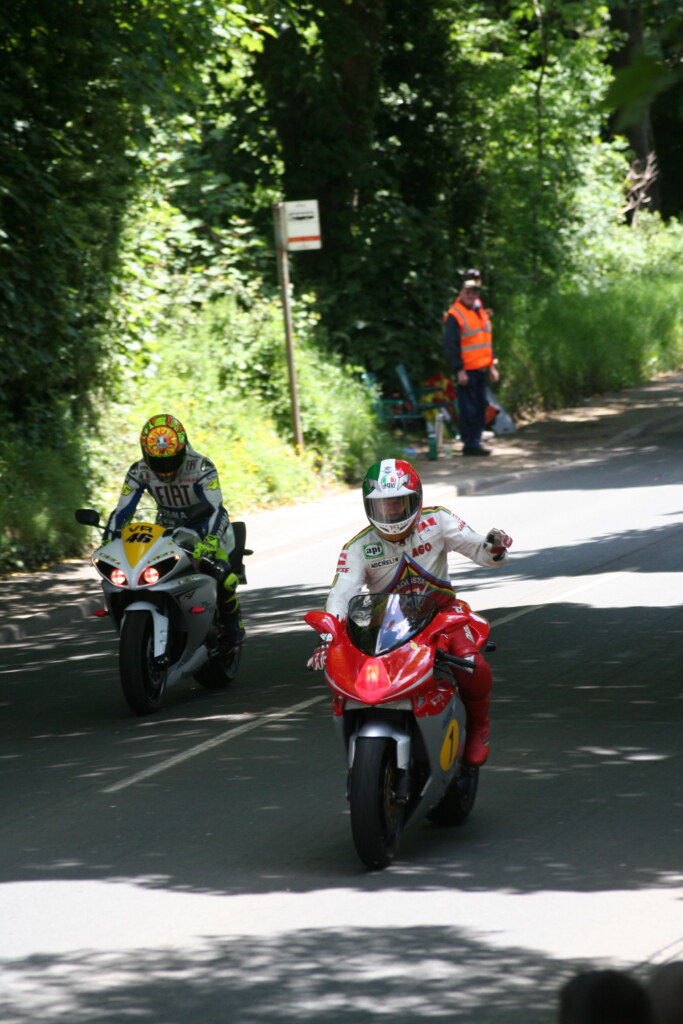
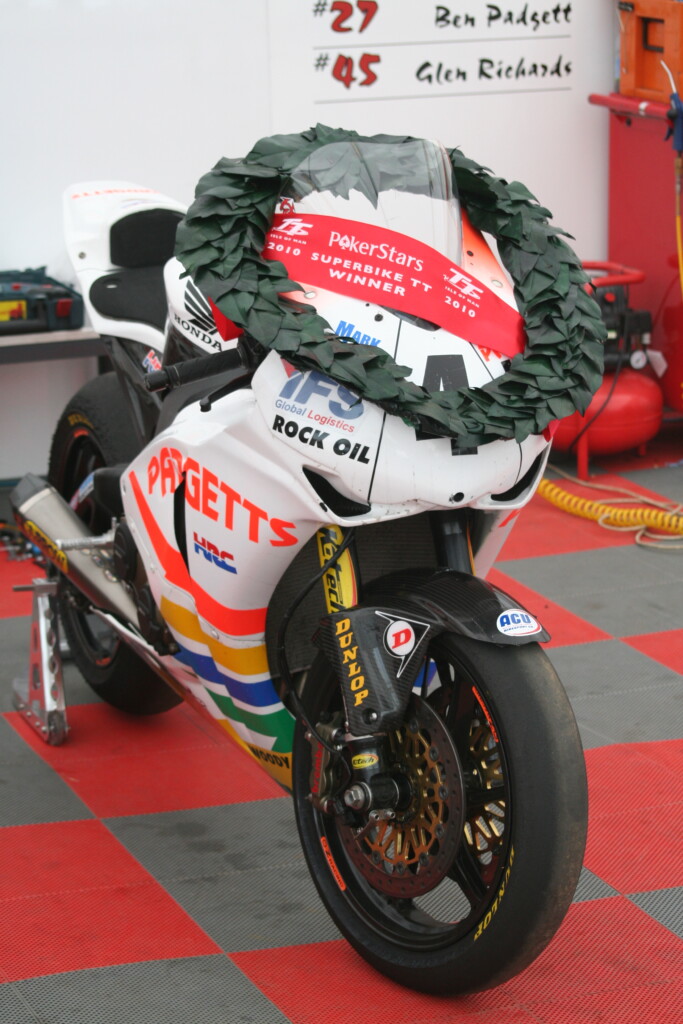
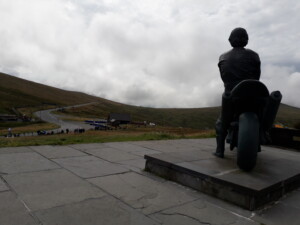 You’ve been going to the Isle of Man for the TT races for many years, you’ve been there, watched it, bought the T-shirt. You know the island like the back of your hand, you’ve got all your favourite locations to visit. But maybe you’re on the lookout for something a bit different to do, a bit of exploring or somewhere new to visit.
You’ve been going to the Isle of Man for the TT races for many years, you’ve been there, watched it, bought the T-shirt. You know the island like the back of your hand, you’ve got all your favourite locations to visit. But maybe you’re on the lookout for something a bit different to do, a bit of exploring or somewhere new to visit.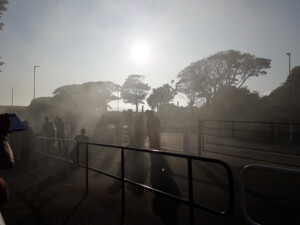
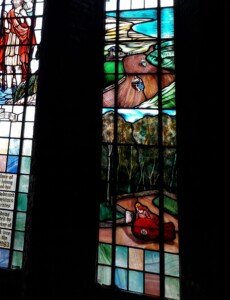 And talking of history, there are plenty of museums to visit, some focusing on the Island, including the Manx Museum in Douglas and the House of Manannan in Peel, some based around motoring, such as the Isle of Man Motor Museum in Jurby, and Murray’s Motorcycle Museum in Santon. On the road to the Calf of Man, the village of Cregneash is a living museum, and Castle Rushen in Castletown is the perfect destination for a rainy day.
And talking of history, there are plenty of museums to visit, some focusing on the Island, including the Manx Museum in Douglas and the House of Manannan in Peel, some based around motoring, such as the Isle of Man Motor Museum in Jurby, and Murray’s Motorcycle Museum in Santon. On the road to the Calf of Man, the village of Cregneash is a living museum, and Castle Rushen in Castletown is the perfect destination for a rainy day.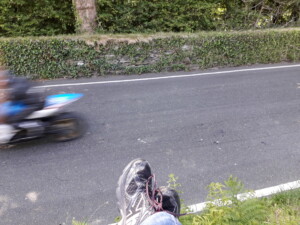 One of my favourite spectating spots which people tend to overlook is the entry to Governor’s Dip under the trees – there is always plenty of room on the grass, and you get a close-up view of the machines as they tip into the hairpin, around the famous white-painted stone post. If you walk up the hill slightly, you can sit on the high bank – one of the few places left on the course where the bikes still go under your feet.
One of my favourite spectating spots which people tend to overlook is the entry to Governor’s Dip under the trees – there is always plenty of room on the grass, and you get a close-up view of the machines as they tip into the hairpin, around the famous white-painted stone post. If you walk up the hill slightly, you can sit on the high bank – one of the few places left on the course where the bikes still go under your feet.